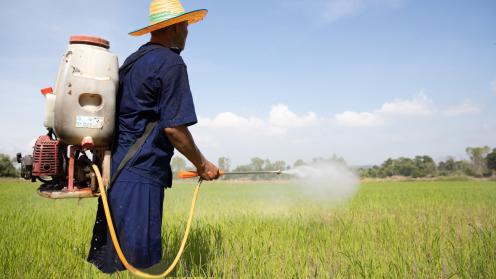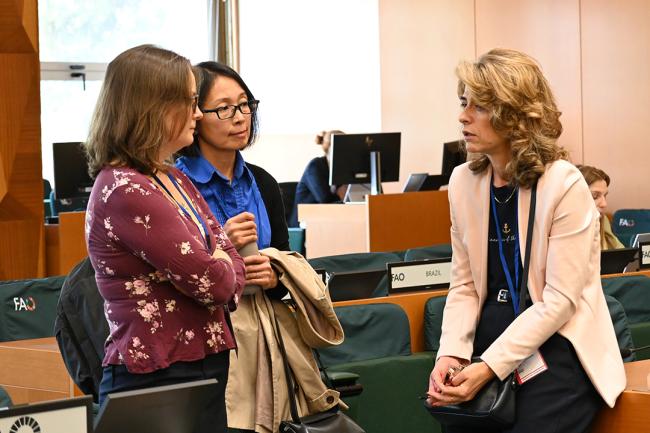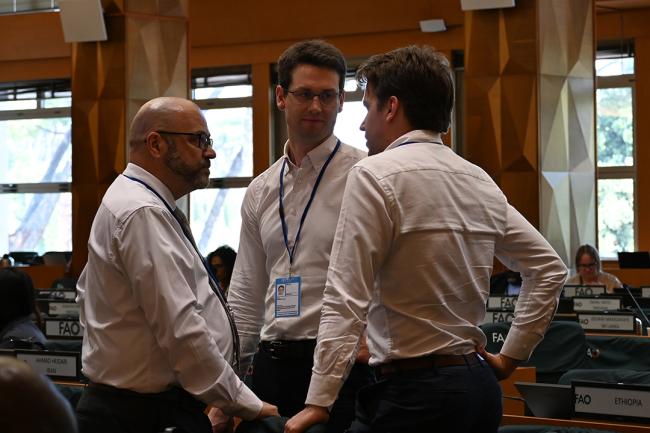When countries restrict or ban a chemical’s use in their country, it could spark global action that provides information during trade in that chemical. A key part of the Chemical Review Committee’s (CRC) role is to determine if national actions should lead to international information exchange.
In particular, the CRC has to determine if the country assessed risks to human health and the environment. A risk evaluation must inform countries’ regulatory action. What a risk evaluation looks like may differ country-to-country. For some, it might be a monitoring or modelling exercise to estimate risks. Many countries in the Global South lack capacity for such assessments. They may take the findings from these studies and apply them to their national contexts. The level of information provided to the Committee varies.
The CRC requested further information on Malaysia’s actions related to four pesticides, to determine if a risk evaluation was conducted. Members also asked for additional information from the European Union regarding its risk evaluation related to a fifth pesticide. For other notifications, the Committee set the notifications aside, because a risk evaluation was not evident in the documentation provided.
Setting aside a notification does not invalidate the country’s action. Members and observers repeatedly thanked countries for notifying the CRC that they have restricted or banned a chemical. It only means that the requirements to spur global action were not met in this case.
The CRC approved two draft decision guidance documents, essentially “information packages” that set out the risks and protective measures related to a substance. These documents will go to the Rotterdam Convention Conference of the Parties (COP) for consideration. If approved, chlorpyrifos and mercury would be subject to the global prior informed consent (PIC) procedure. Countries can use the information packages to decide if they want to import a chemical. If they choose to import, they have information to use the chemical safely.






